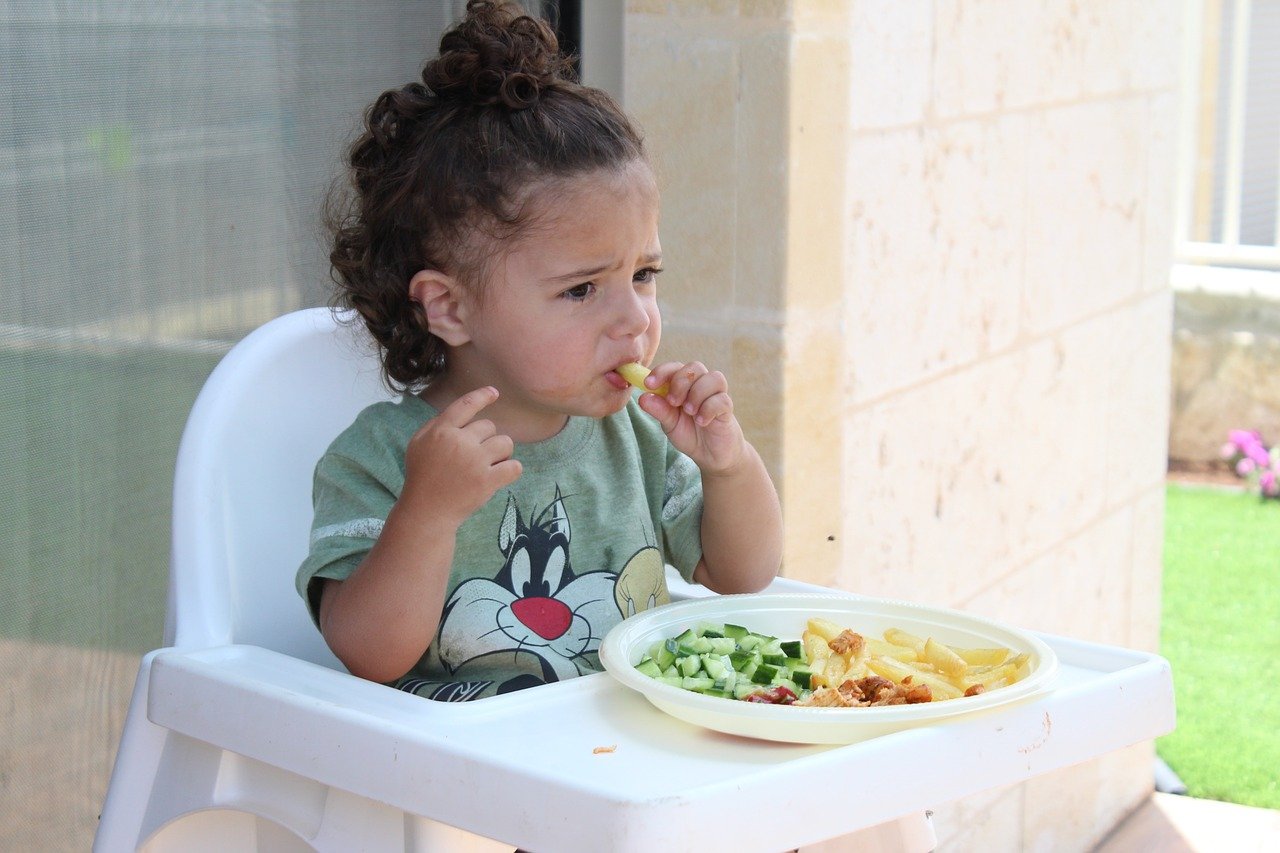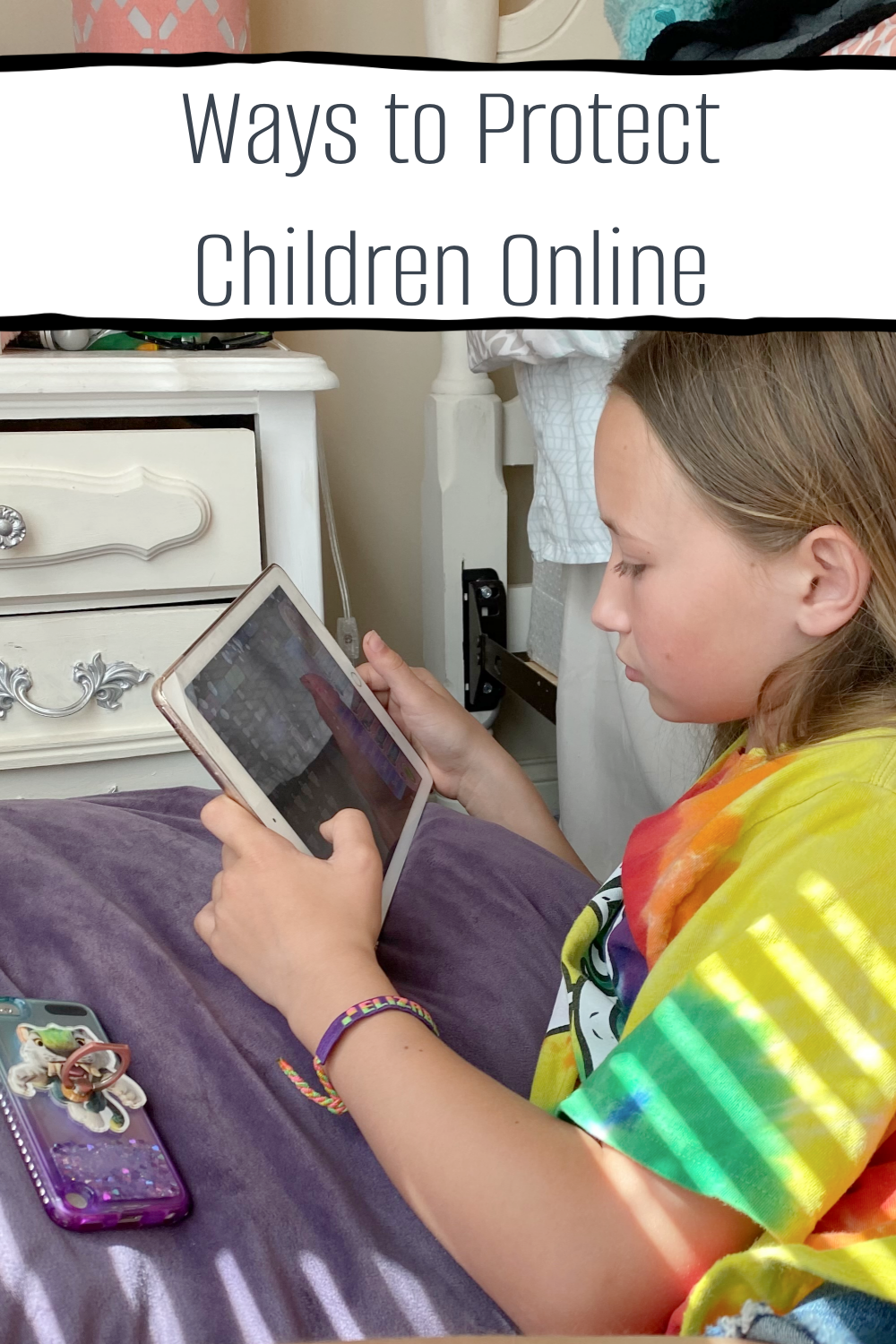It is concerning that only 7% of children in the US consume vegetables daily and in required amounts. Research also shows that most toddlers are fussy eaters and will likely reject foods they are not familiar with. With these hindrances, how do you get your toddler to eat healthy meals without dealing with tantrums? It is a tricky one until you both master the act. Below are some ideas you may want to try out in your bid to get your tots to eat healthily.
Start early
According to the World Health Organization, babies are introduced to supplementary foods from six months. This is the time they acquire the taste for a variety of foods. Moreover, research shows that babies may already have the smell and taste of certain foods embedded in their memory. This happens because breastfed babies learn the smell and taste of these foods from breastmilk. Therefore, you can start with puree forms of healthy foods from when your baby is weaned off milk dependency.
For instance, pureed broccoli, carrots, and boiled potatoes can be excellent smooth baby foods. That way, when your baby grows to the toddler years, they would already know what these foods are. It is worth noting that introducing a variety of foods from six months onwards can do the trick. After which, you progress slowly with age-appropriate finger foods. Experience has taught several parents to space out the introduction of new foods. Doing this prevents the child from feeling overwhelmed with new meals every day. Also, remember to try different textures and food groups to complement the entire process.
Let your toddler help out
While it may be unthinkable to allow your toddler to help out in the kitchen, it could be helpful with adult supervision. These young ones can help you whisk eggs (with a fair amount of messiness), take butter, or pour a little flour into a deep mixing bowl. If you’re looking for simple toddler-friendly meals, choose simple ones like the easy to make oat slice portions with your tots in tow. By helping out, your child may feel excited to have contributed to making something edible. The enthusiasm to try it out may show even before the food is cooked.
Serve small portions
There was an era when parents signed up for the concept of force-feeding their toddlers. Unfortunately, this only resulted in resistance and an averseness to foods. Moreover, parents ended force-feeding sessions upset and quite overwhelmed. You don’t need any research to tell you how wrong this is. Today, more parents are buying into the idea of serving their toddlers with small meal portions.
It is better for your toddler to finish a smaller portion of healthy food than a whole plate of junk meals. The fact that these tiny stomachs need to be filled does not mean pushing healthy options to the backburner. If they have a half slice of bread with a few bites of well-cooked chicken, it will be better than a whole bar of chocolate. The technique here is to ensure that every meal is packed with nutrition.
Last but not least, you need to show a great deal of patience with your toddler’s eating habits. They are still developing their taste for different foods, which takes time.








No comments
Thank you for dropping by! I would love to hear what you thought. :)
Thanks!
♥,
Diana